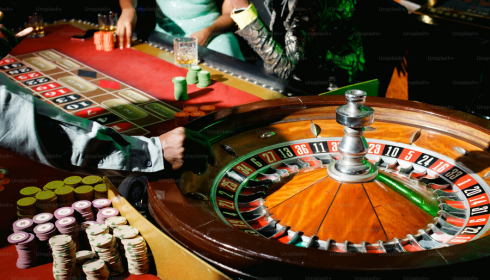Indian culture is filled with diverse traditions, games, and pastimes that have evolved over centuries. Among them, Indian matka holds a special place as one of the most popular forms of lottery-style gaming in the country. Rooted in simplicity yet enriched with suspense, this game has drawn millions of enthusiasts over the years. While modern technology has transformed how it is played, the legacy of Matka continues to thrive in both traditional and digital forms.
The Origins of Indian Matka
The history of Matka can be traced back to the 1960s, when it began as a unique form of betting. Originally, it was based on betting on the opening and closing rates of cotton transmitted from the New York Cotton Exchange to the Bombay Cotton Exchange. Over time, this evolved into a completely number-based system, where random numbers were drawn from a pot, or “Matka,” which is how the game got its name.
This transformation made the game more accessible, and soon it became a household name in parts of India, especially in Mumbai. People from different walks of life found excitement in the thrill of guessing numbers and winning rewards.
How Indian Matka Works
The gameplay of Indian Matka is straightforward, yet it offers enough suspense to keep participants engaged. Players select a set of numbers, usually from 0 to 9. These numbers are then added together, and the last digit of the total is declared as the final result. For example, if a player picks 3, 6, and 8, the total is 17, and the final number is 7.
The results are declared at specific times, often referred to as the “opening” and “closing” times. These timings add an extra layer of anticipation for players who eagerly wait to see if their chosen numbers match the winning combination.
The Appeal of Indian Matka
The charm of Indian Matka lies in its simplicity. Unlike games that require complex strategies or large investments, Matka allows people to participate with minimal effort and low stakes. This accessibility is what makes the game so attractive to players across different age groups and backgrounds.
Another factor contributing to its popularity is the sense of community it creates. Players often gather in groups, share predictions, and celebrate wins together. In many ways, Matka is more than just a game; it is a cultural experience that brings people closer.
Transition into the Digital Age
With the rise of the internet, Matka has undergone a digital transformation. Today, players no longer need to gather physically or rely on handwritten charts. Online platforms and mobile apps have made it possible for people to participate in Matka from the comfort of their homes.
This modernization has expanded the game’s reach beyond geographical boundaries. Whether someone is in a bustling city or a small town, they can access the game online. The digital version also ensures greater transparency in results, reducing the chances of manipulation.
Responsible Play
While Matka is entertaining, it is essential for players to approach it responsibly. Like any form of lottery or betting, the game carries risks, and participants should play within their limits. Setting a budget and treating the game as a form of leisure rather than a source of income helps maintain a healthy balance.
Many platforms today also encourage responsible gaming practices, offering guidelines and reminders to players. This ensures that the excitement of Matka remains enjoyable without leading to unwanted consequences.
Conclusion
Indian Matka is more than just a game of chance; it is a cultural symbol that has evolved through decades. From its beginnings in cotton market rates to becoming a popular number-based lottery, Matka reflects the adaptability and creativity of Indian traditions. Its simplicity, accessibility, and sense of community continue to attract players, while digital platforms keep the legacy alive for new generations.

